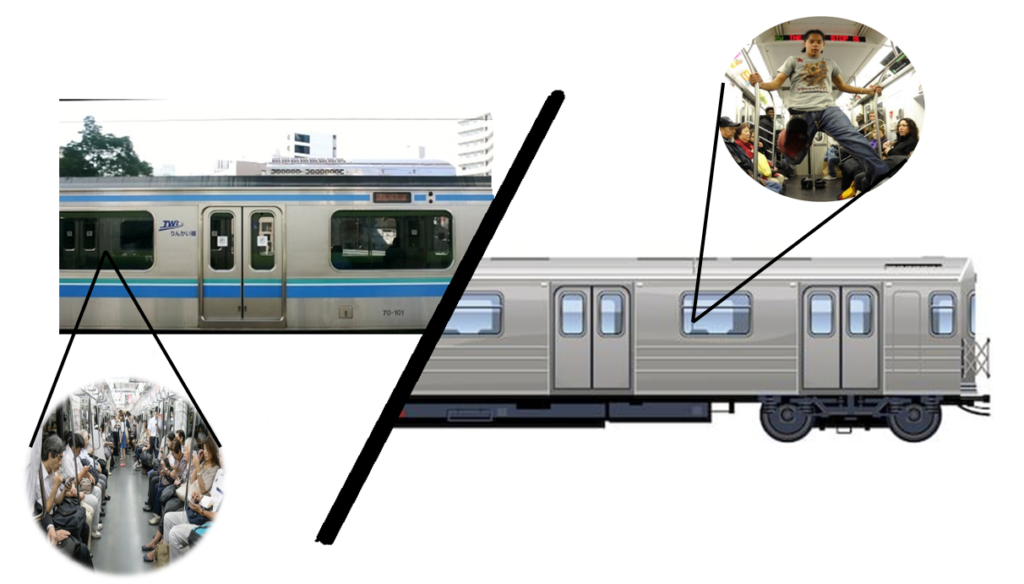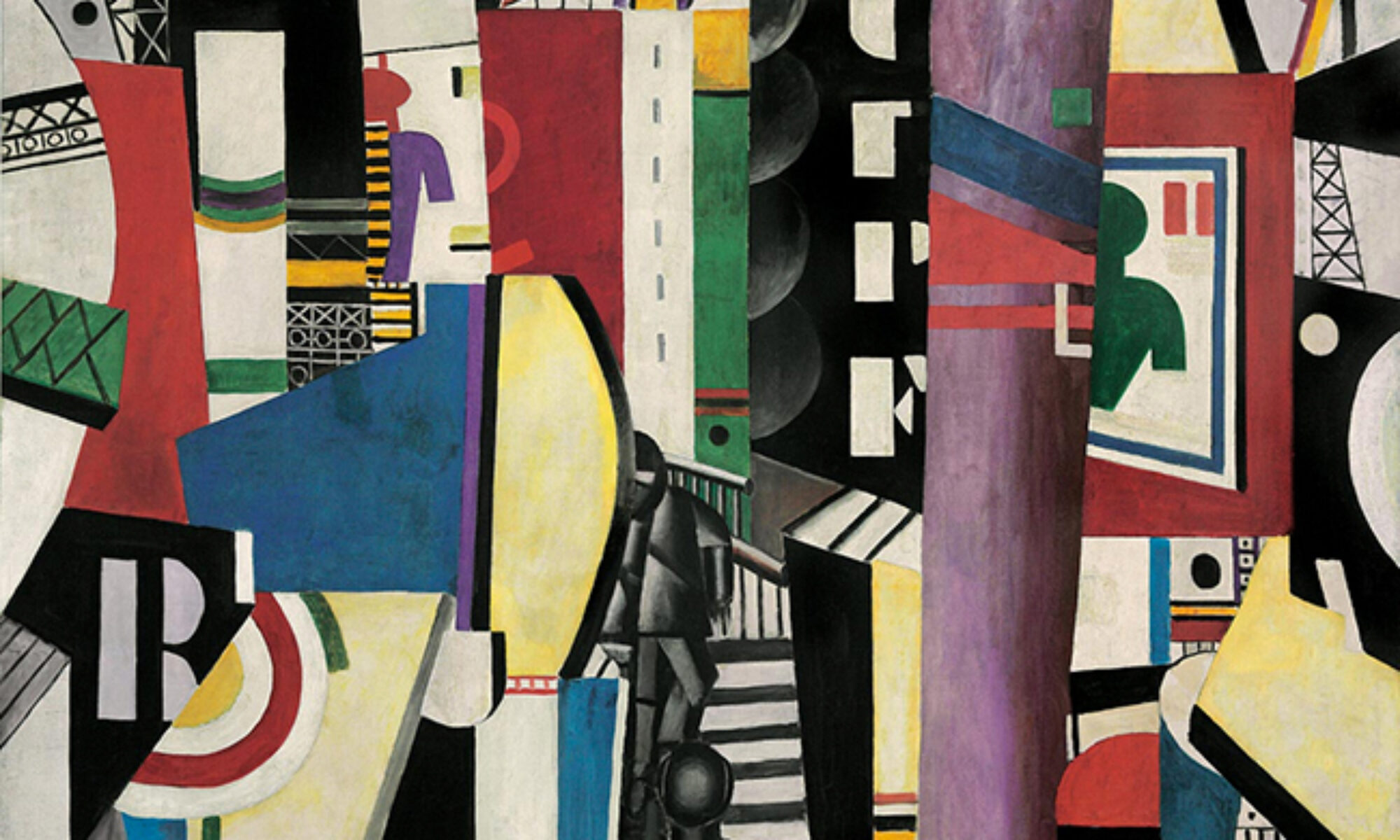Sneh Patel
By the entire world, Tokyo, Japan has been viewed as a glimpse to the future. Tokyo has been home to many technology companies such as Sony, Nintendo, Canon, and Hitachi who have been innovators of the technology empire, but technological advancements go further than the companies. There are elements of Tokyo, such as robot restaurants where they can implement robots and artificial intelligence into entertainment and everyday aspects of life. Another aspect of Tokyo that puts them on top of the tech world is the architecture. Tokyo is filled to the brim with skyscrapers, buildings with luminous LED panels, and buildings that are tourist attractions such as the De Beer Ginza Building where the building seems twisted. Even the toilets are high-tech and are built to make your experience pleasant. However, the one key aspect that interests me about Tokyo is the culture that revolves around the city. The culture has been influenced by the middle ages and religions such as Shinto and Buddhism, but during the period of the Meijing Restoration, Tokyo started to accept Western culture which started their path towards modernizing. However, even to this day, Tokyo as a city, is still dominated by their culture that originated from Shinto and Buddhism.

With a map of Tokyo, I created a representation of what the layout of the popular sector of the city. In the map, we can see multiple building icons, surrounding a singular temple icon. This is representative of how Tokyo is constructed because the building icon is representative of how the sector is a booming urban environment with crowded street, multitudes of buildings and other features of modern cities. However, the temple icon is representative of a sector that is frozen in time. The sector that is represented with a temple icon is called Taitō. In this sector, there are multiple shrines and temple such as Sensō-ji and Kaminarimon. These shrines and temples are iconic to religions such as Shintoism and Buddhism and are important to the culture of Tokyo. This is representative of how the Tokyo is dominated by the past because these buildings were created from when the Shintoism and Buddhism were first introduced into Japan. Even when the shrines and temples were destroyed numerous times, Tokyo persevered through the hardships and rebuilt the shrines. Overall, this sector itself is a symbol of how Tokyo wants to preserve the old traditions and culture by preserving the ancient temples and creating a city around it.

This photo of the gate created by Itō Chūta is the main gate of Tokyo Imperial University. It was created in 1912, which was during a time where Tokyo started adopting Western building styles. The Western style gates are representative of the Western building style because the gate was created with granite and steel. However, Itō Chūta did not completely adopt Western architectural styles. Instead, he fused Japanese culture with the Western architectural style. This is evident by how the gate is created in a way that is similar to traditional Tori gates where there is a lip on the sides of the gate. The creation of the gate was able to symbolize how Tokyo was progressing as a city, however, the city is still dominated by the hints of the culture created before the Meijing Restoration, which can be seen by the creation traditional architecture with modern techniques.

The prevalence of adopting Western culture into Tokyo was also prevalent in art as well. In 1898, Yokoyama Taikan created a painting called Kutsugen. This painting was created with the use a nihonga style, which refers to a blend of Western elements and Japanese element. This painting was used to portray and convey Taikan’s loyalty towards his teacher and to help his teacher with the rebellion against oppressive authority. Regarding Tokyo’s modernization, the painting has become a symbol in Tokyo and Japan becoming modern since it represents Tokyo’s ability to incorporate Western culture with Japanese culture in the creation of this painting. The mixing of Western and Japanese culture does not just end at the blending of two different techniques. The meaning behind the painting has a theme of rebellion woven into the painting overall when Taikan uses the painting to swear loyalty to his teacher, who is known for pushing Western culture into Tokyo. However, the old traditions of Tokyo artistry still shines through this painting because with the nihonga there is not a straightforward adoption of Western culture where Japanese techniques and traditions are ignored, instead the style used is also representative of a resistance to complete assimilation and was used to represent that Tokyo is modernizing, but heavily reliant on it’s roots.

This image is a cover of a maginze called Asahi Weekly Lifestyle Magazine, which was created in 1935. The cover depicts a woman with makeup and Western attire. With this magazine cover, it was able to illustrate that the not only was the city itself modernizing, but the people who make up the city were changing as well. This image was specifically created during a time when Western culture was making its way into Tokyo, and as time passed, the people started to embrace that change. This is shown with the woman as she is dressed in a green coat and hat, however, the traditional aspect is Tokyo is still there. Starting off, underneath the green coat is a red dress with a flower design that is representative of Tokyo’s traditional style clothing. The woman’s makeup is also composed in a way that is similar to a Geisha, where make up was applied to highlight a pale skin complexion with defined eyes, lips, and eyebrows. Another aspect to take in as a factor is the style in which the magazine cover was composed. Instead of taking a picture of a woman, the woman is portrayed through a painting that is similar to what Taikan created with Kutsugen, the magazine has a defined lines and shapes, whereas each object in Kutsugen is not defined with any drawn lines. This alludes to the fact that even with modernization, the traditional features are rooted deeply into Tokyo.

This dress above is a kimono, a traditional garment, that I designed, which was inspired by Taniguchi Fumie, who has designed and created Kimonos with a geometric design. The design is exemplary of modernization due to the kimono replicating geometric abstract art, which became popular in the 1930s. By Tokyo designers like Fumie mimicking geometric abstract art, it shows the willingness for Tokyo modernizing. Nevertheless, Tokyo is still rooted by traditional Japanese culture because of what the kimono represents. Kimono’s are worn at tea ceremonies and wedding, and kimonos differ from each gender. For women, the way a kimono is designed signifies the age, marriage status, and the occasion. For men, the kimonos have simple design and has the family crest on it. With this in mind, with the new design changes that have been adopted, it changes the formality of kimonos, but the cultural significance of kimonos is still present in modern Tokyo.

In the photo above, I created an image depicting two trains, one with passengers being disrupted by unruly behavior and another train that has a peaceful environment. Through this image, I attempted to convey the difference in norms between Tokyo and the United States. In the United Sates, although the subways in the U.S. isn’t as exaggerated as I made it out to be in the image, however there is still a level of disruption that occurs in the US subways due to our history of freedom on expression. On the other hand, in Tokyo, there is a social norm placed about being respectful on subways and not making noise. Tokyo, was able to implement this social norm due to Tokyo’s cuture requiring a level of respect for each other through omoiyari, which is a custom of being caring, compassionate, and considerate. The implementation of omoiyari shows how modern Tokyo is still dominated by its traditional culture because the custom of omoiyari has been heavily emphasized in Japanese culture ever since the rise of Buddhism and Shintoism. Even through Tokyo’s period of modernism ,where they started to adopt Western culture, Tokyo still implemented the social norms that were based around omoiyari. Compared to countries such as the United States and Great Britain, they were able to express their need for change in the social atmosphere during their period of modernism. Also, the custom of omoiyari can be found in restaurants where it is considered rude to tip and in the households where it is customary to take off shoes when entering another’s house.
Even though Tokyo was able to become a technological powerhouse over the past few decades due to the adoption of Western culture, the old traditions of Japanese culture has been able to infuse with modern culture. Starting out with the layout of the city where they were able to dedicate an entire city to the past. Then focusing on the architecture and how it was a blend of Western and traditional Japanese styles. Furthermore, I related the use of Western and traditional Japanese styles into artwork, and how Yokoyama Taikan was able to do so. The focus was then transitioned into the lifestyle of the people in Tokyo and how people were able to change lifestyles through Westernization but was still dominated by traditions and norms created with Buddhism and Shinto. Overall, the technological empire was met with customs of the past, but the clash created a beautiful environment that encompasses Tokyo.
Work Cited
“A Brief History of the Arts of Japan: the Meiji to Reiwa Periods (Article).” Khan Academy, Khan Academy, www.khanacademy.org/humanities/art-asia/art-japan/japanese-art/a/a-brief-history-of-the-arts-of-japan-the-meiji-to-reiwa-periods. Accessed 28 February 2021.
Ulak, James T.. “Japanese art”. Encyclopedia Britannica, 24 Mar. 2020, https://www.britannica.com/art/Japanese-art. Accessed 28 February 2021.
Bleby, Michael. “Tokyo’s First Flash of Modernism.” Australian Financial Review, 21 Feb. 2020, www.afr.com/life-and-luxury/arts-and-culture/tokyo-s-first-flash-of-modernism-20200125-p53um9. Accessed 28 February 2021
“A Beginner’s Guide To Tokyo’s Popular Districts.” Green and Turquoise, 26 Dec. 2018, www.greenandturquoise.com/a-beginners-guide-to-tokyo-popular-districts/. Accessed 28 February 2021.
